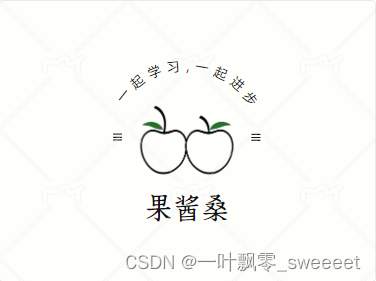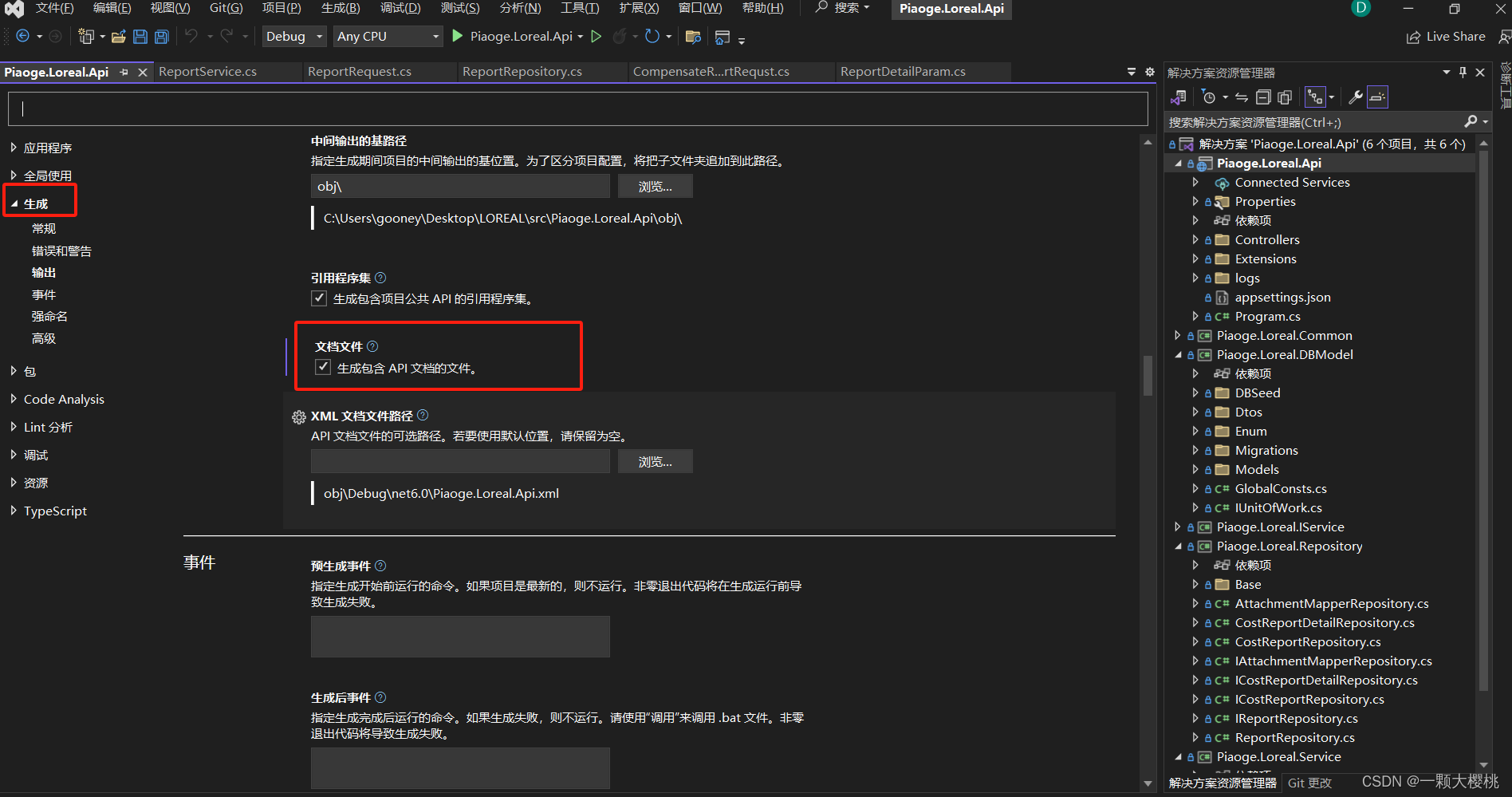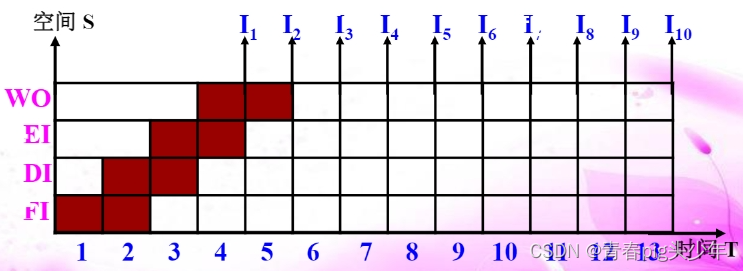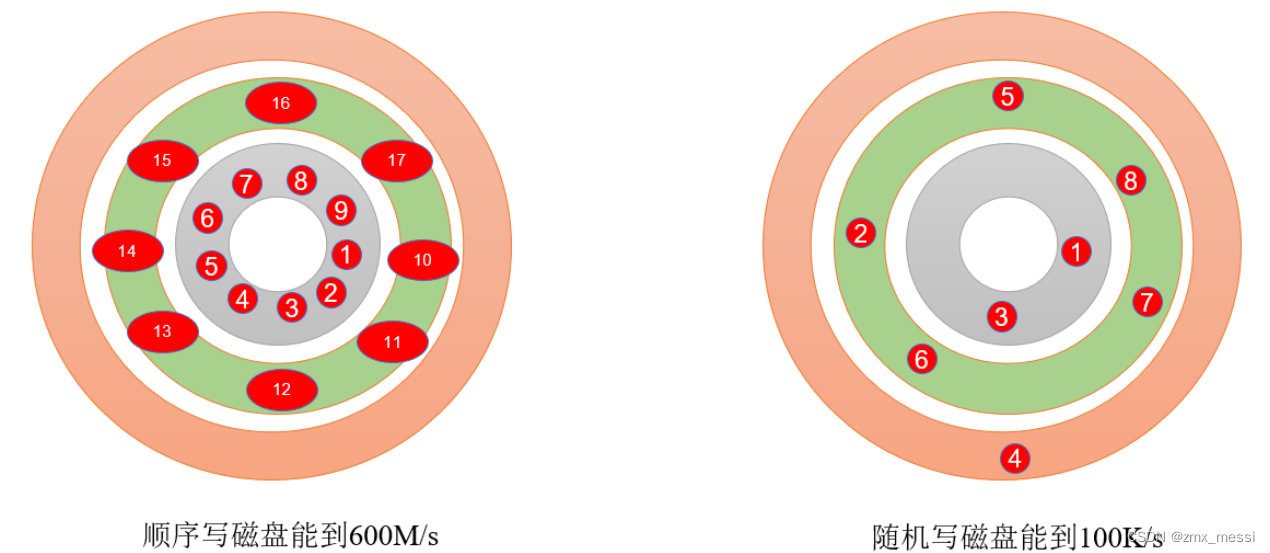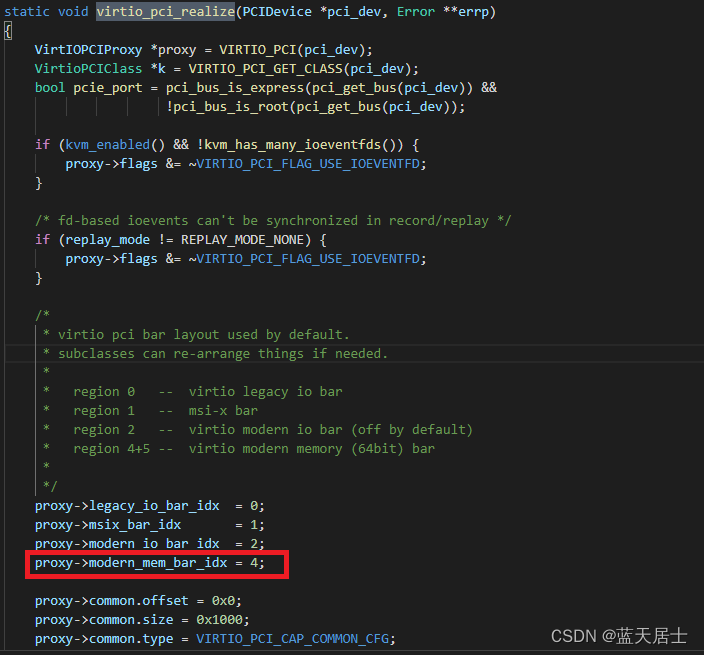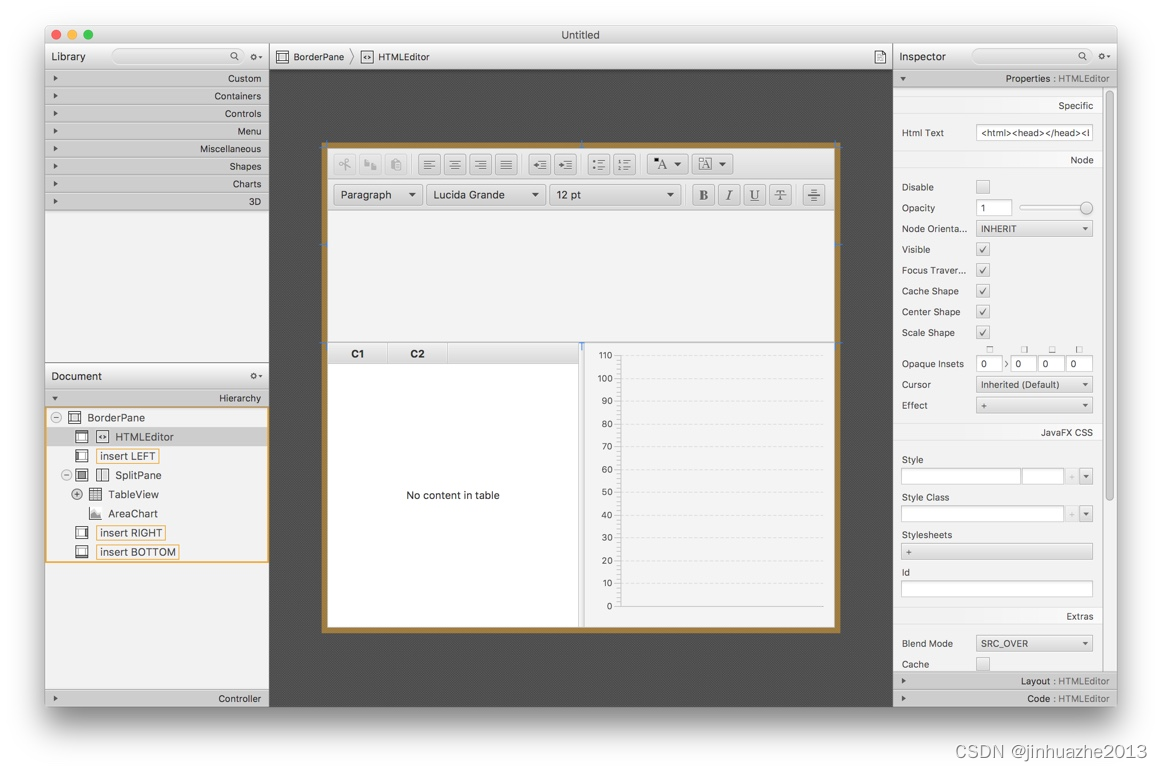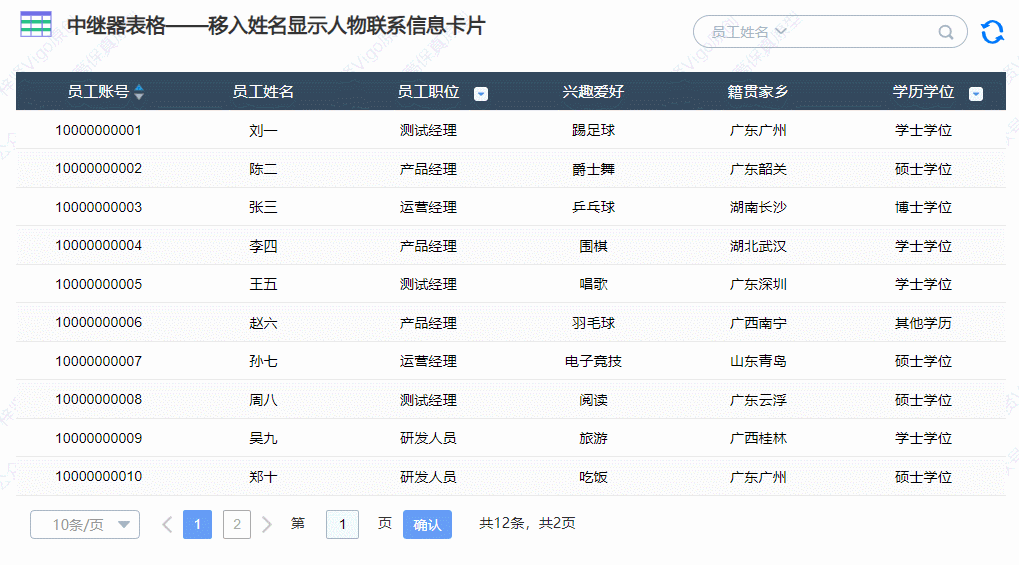在API开发的世界里,Swagger已经成为了一个不可或缺的工具,它让API的文档化和前后端的协作变得前所未有地简单。随着Swagger的进化,我们迎来了Swagger3,也被称为OpenAPI Specification 3.0。本篇博客将带大家深入了解Swagger2和Swagger3(OpenAPI 3)之间的主要区别,特别是在注解上的变化,并且提供一些实用的Java示例,帮助大家平滑过渡到Swagger的新时代。
引言
随着RESTful API的普及,API文档成为了开发过程中的一个重要组成部分。Swagger作为API文档的领先工具,提供了一种标准化的方法来设计、构建、文档化以及使用REST API。Swagger2长期以来一直是开发者的首选,但随着Swagger3的出现,很多开发者面临着升级的选择。本文旨在帮助你理解两个版本之间的差异,并通过示例指导如何迁移。
Swagger简介
Swagger是一个规范和完整的框架,用于生成、描述、调用和可视化RESTful风格的Web服务。总体来说,Swagger提供了一套标准的注解,开发者可以通过这些注解来描述他们的API,然后Swagger可以根据这些注解生成可交互的API文档。
Swagger2与Swagger3的核心区别
Swagger3是在Swagger2的基础上进行了改进和扩展,它实现了OpenAPI Specification 3.0,这个最新版本的规范带来了许多新特性和改进,如对回调、链式操作、组件重用等支持。
注解对比
通用注解变化
在Swagger3中,一些基本注解发生了变化。例如,@Api注解在Swagger3中被弃用,因为Swagger3鼓励使用更自然的方式来组织API文档。
API信息配置
在Swagger2中,你可能习惯了使用@Api注解和Docket配置API的基本信息。而在Swagger3中,这些信息通常在OpenAPI配置类中通过构建OpenAPI实例来设置。
路径和操作注解
Swagger2的@ApiOperation、@ApiImplicitParam和@ApiImplicitParams注解在Swagger3中被@Operation和@Parameter注解替代,提供了更多的配置选项和更好的可读性。
参数注解
Swagger3引入了@Parameter注解来描述参数,它提供了更多的属性来定义参数的元数据,如schema、example、content等。
模型注解
Swagger3通过使用@Schema注解来描述数据模型,这是一个强大的注解,它提供了对模型定义的完全控制。
实践:从Swagger2迁移到Swagger3
迁移过程中,你需要注意替换过时的注解,并且调整配置类以适应新的OpenAPI 3.0结构。这通常涉及到替换Docket配置以及重构现有的注解。
代码示例
让我们看一下在Swagger2和Swagger3中如何配置API信息和使用注解。
Swagger2配置示例
import springfox.documentation.builders.ApiInfoBuilder;
import springfox.documentation.builders.RequestHandlerSelectors;
import springfox.documentation.spi.DocumentationType;
import springfox.documentation.spring.web.plugins.Docket;
import springfox.documentation.swagger2.annotations.EnableSwagger2;
@Configuration
@EnableSwagger2
public class SwaggerConfig {
@Bean
public Docket api() {
return new Docket(DocumentationType.SWAGGER_2)
.select()
.apis(RequestHandlerSelectors.basePackage("com.example"))
.build()
.apiInfo(new ApiInfoBuilder()
.title("My API")
.description("API Description")
.version("1.0")
.build());
}
}
Swagger3配置示例
import io.swagger.v3.oas.models.OpenAPI;
import io.swagger.v3.oas.models.info.Info;
import org.springdoc.core.GroupedOpenApi;
import org.springframework.context.annotation.Bean;
import org.springframework.context.annotation.Configuration;
@Configuration
public class SwaggerConfig {
@Bean
public GroupedOpenApi publicApi() {
return GroupedOpenApi.builder()
.group("spring")
.packagesToScan("com.example")
.build();
}
@Bean
public OpenAPI springShopOpenAPI() {
return new OpenAPI()
.info(new Info().title("My API")
.description("API Description")
.version("v2.0"));
}
}
在上面的Swagger3配置中,我们使用了GroupedOpenApi来创建API组,并且使用了OpenAPI类来构建API的元信息。
Swagger2与Swagger3注解的主要区别
Swagger3基于OpenAPI Specification 3.0,这个新版本的规范带来了更多的灵活性和表达力。以下是Swagger2和Swagger3注解的一些主要区别:
通用注解
- Swagger2: 使用
@Api来注解控制器类,表明该类的路径应该被Swagger文档化。 - Swagger3: 不再需要
@Api注解。Swagger3使用更自然的方式来扫描类路径,自动包含所有的控制器。
API信息和描述
- Swagger2: 通过
@ApiInfo和@ApiOperation注解来提供API的信息和操作描述。 - Swagger3: 使用
@Tag注解来替代@Api,并且通过@Operation注解来提供操作的描述。
路径和操作注解
- Swagger2: 使用
@ApiOperation来描述一个HTTP操作,@ApiImplicitParam和@ApiImplicitParams用于描述参数。 - Swagger3: 引入了
@Operation注解来描述HTTP操作,@Parameter注解用于描述参数。
参数注解
- Swagger2: 参数注解是通过
@ApiParam或@ApiImplicitParam来描述。 - Swagger3: 使用
@Parameter注解来描述参数,它提供了更丰富的属性,如schema、example和content。
请求体和响应体注解
- Swagger2: 使用
@ApiModel和@ApiModelProperty注解来描述请求和响应的数据模型。 - Swagger3: 引入了
@Schema注解来描述数据模型,提供了更多的细节和配置选项。
安全和授权注解
- Swagger2: 使用
@ApiResponses、@ApiResponse、@ApiOperation等注解来描述响应和错误码。 - Swagger3:
@ApiResponse注解仍然存在,但是现在可以包含更多的信息,如媒体类型和例子。
详细注解对比
下面我们将详细比较这些注解在Swagger2和Swagger3中的具体使用和区别。
API信息配置
Swagger2
// Swagger2 使用Docket进行配置
@Bean
public Docket api() {
return new Docket(DocumentationType.SWAGGER_2)
.apiInfo(apiInfo());
}
private ApiInfo apiInfo() {
return new ApiInfoBuilder()
.title("My API")
.description("API Description")
.version("1.0")
.build();
}
Swagger3
// Swagger3 使用OpenAPI进行配置
@Bean
public OpenAPI customOpenAPI() {
return new OpenAPI()
.info(new Info()
.title("My API")
.version("2.0")
.description("API Description")
.termsOfService("http://swagger.io/terms/")
.license(new License().name("Apache 2.0").url("http://springdoc.org")));
}
路径和操作注解
Swagger2
@Api(value = "User Management", description = "Operations pertaining to users")
@RestController
@RequestMapping("/users")
public class UserController {
@ApiOperation(value = "Get a user by ID")
@RequestMapping(value = "/{userId}", method = RequestMethod.GET)
public User getUserById(@PathVariable Long userId) {
// ...
}
}
Swagger3
@Tag(name = "User Management", description = "Operations pertaining to users")
@RestController
@RequestMapping("/users")
public class UserController {
@Operation(summary = "Get a user by ID")
@GetMapping("/{userId}")
public User getUserById(@PathVariable Long userId) {
// ...
}
}
参数注解
Swagger2
public User getUserById(@ApiParam(value = "ID of the user to return", required = true) @PathVariable Long userId) {
// ...
}
Swagger3
public User getUserById(@Parameter(description = "ID of the user to return", required = true) @PathVariable Long userId) {
// ...
}
请求体和响应体注解
Swagger2
@ApiModel(description = "User object")
public class User {
@ApiModelProperty(notes = "The database generated user ID")
private Long id;
// ...
}
Swagger3
@Schema(description = "User object")
public class User {
@Schema(description = "The database generated user ID")
private Long id;
// ...
}
安全和授权注解
Swagger2
@ApiOperation(value = "Add a new user", authorizations = {
@Authorization(value = "apiKey")
})
Swagger3
@Operation(summary = "Add a new user", security = {
@SecurityRequirement(name = "apiKey")
})总结
Swagger3(OpenAPI 3)是对Swagger2的一个重大升级,它不仅提供了更多的新特性,也带来了注解的变化。虽然迁移可能需要一些工作,但新的规范和特性是值得的。本文提供了一个基础的迁移指南和注解对比,帮助大家理解如何从Swagger2迁移到Swagger3,并利用它来更好地文档化API。
👉 💐🌸 公众号请关注 "果酱桑", 一起学习,一起进步! 🌸
